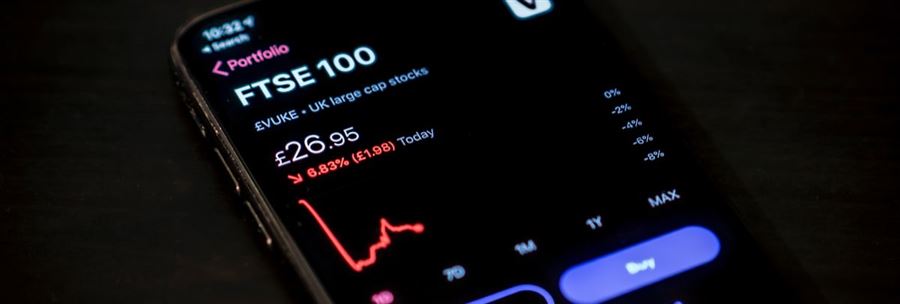The forecasts for inflation in developed markets continue to climb in an alarming way. Inflation now sits at 9.1% in the UK and latest Bank of England analysis suggests CPI inflation will hover at around 9% for the next few months before jumping to 11% in October on the back of the next re-rating of domestic energy prices.
What exactly is behind the current bout of inflation? It is striking just how much is being driven by energy prices. According to the consultancy Pantheon, by October, nearly half of headline CPI rate will be accounted for by household energy bills and motor fuels, and most of the rest will be a combination of goods and services inflation – a lot of which, of course, is being driven by growing input prices arising from high energy costs as well as disrupted supply chains.
This has had an impact on the way inflation affects different socio-economic groups. Effective inflation rates for various income groups were roughly the same in January this year when inflation was 5.5%, but as energy prices increase that situation has begun to change. The poorest 10% of households spend three times as much of their budgets on energy when compared to the richest 10%, and as energy prices rise the effective inflation rates for the poorest have grown with it. The Institute for Fiscal Studies estimates that the poorest households now have a six percentage point higher effective inflation rate than the richest, explaining why Chancellor Rishi Sunak announced a £15bn package of support with many measures targeted at the most financially vulnerable households. It is also notable that the pain of inflation is also not spread evenly on a regional basis – Londoners, for example, are much less likely to use cars than people living in other parts of the country, meaning average effective inflation rates in the capital are lower than other areas.

The challenge for central bankers in the UK and elsewhere is that monetary policy can do little directly to tackle price pressures coming from energy costs and supply chain disruptions. However, tightening of monetary policy – both through interest rate increases and the unwinding of quantitative easing – will be required to address so-called “second round effects”. These effects arise from wages and broader price levels responding to inflationary pressures and, if unaddressed, can lead to a dreaded wage-price spiral.
It is important to stress that we are not at this point yet. ONS figures show that nominal regular annual pay levels for February to April sit at 4.2%, up marginally from the previous month. This means pay is falling by -2.2% in real terms. Bad for living standards, of course, but it means we have not currently entered into a wage-price spiral and it is this which allows forecasters to expect inflation to fall rapidly away over the next two years. This could change, particularly if inflation remains stubbornly high for a prolonged period, or if workers manage to negotiate substantial increases to wages. But many of the factors behind wage-price spirals in the 1970s are not present: for example, centralised pay bargaining has diminished and independent authorities are now managing monetary policy.
Inevitably, the inflation backdrop is not conducive to promoting robust economic growth following the pandemic. Consumer and business confidence indicators suggest choppy waters are ahead. According to the GfK measure, consumer confidence is now registering at record lows and recent business PMI data shows that new order growth is at its lowest point since February 2021.
We have been forecasting negative growth in Q2 2022 for some time, as pandemic-related government spending falls away and is not made up sufficiently by growth in activity from the private sector. There is, however, still hope for some growth later this year but it is contingent on whether people are willing to save less in order to meet higher costs of living. But if they remain sufficiently fearful and continue to save a good deal of their income, the higher cost of living will likely result in a recession.
Public policy makers are attempting to dispel the gathering gloom, and the Chancellor’s £15bn cost of living package is a start. Business confidence remains well above consumer confidence, with PMIs falling but remaining above 50, indicating expansion. That said figures for Q1 show business investment in real terms was 10% below its pre-pandemic level and the current outlook does not suggest a significant improvement in Q2. Measures such as the 130% super-deduction, while welcome, do not seem to be sufficient to offset growing geopolitical concerns. It seems clear that the Chancellor will need to announce further measures to increase confidence among households and the business community if he is to promote economic growth during these difficult times.
